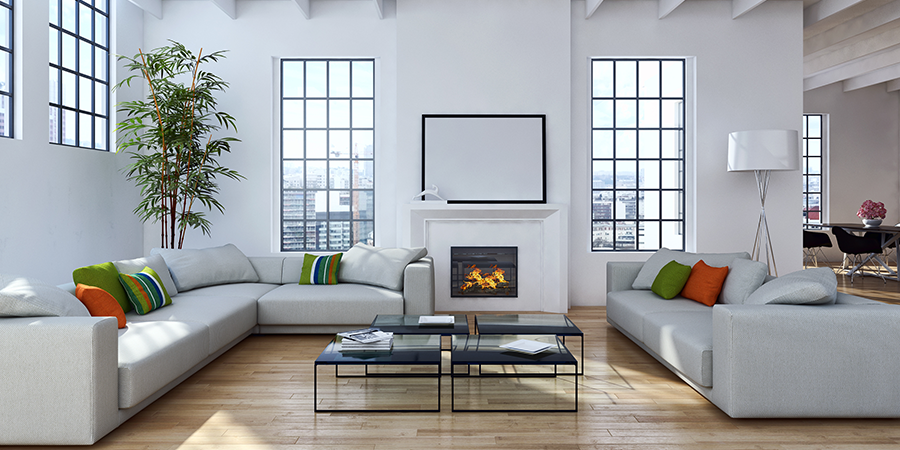How can I delay turning on my heating?
September. Still summer. And yet the cool mornings are not deceiving. Autumn is gradually arriving and it will soon be time to consider turning on the central heating system that was put on standby in the spring. Here are a few tips for residents of single-family homes to help you put it off as long as possible, from a few days to several weeks.

Making sure your home is properly insulated
Insulating your home is THE priority. Effective insulation will help to delay the time it takes to switch on the heating by reducing the intake of cold air and limiting the loss of heat.
The walls, attic, roof, floor, windows and doors are therefore the first sensitive points to be monitored and improved if necessary.
Next, detecting the building's thermal bridges (in floors, balconies, dividing walls, floor slabs, etc.) will enable you to further improve the home's thermal performance.
Most of the buildings constructed between the Second World War and the first oil crisis (50-60-70), a period when a lot had to be built quickly to house large numbers of people, are not exemplary in terms of insulation. New buildings are more virtuous in this respect. They comply with more demanding specifications and regulations (BBC standard, RE2020).
Let the sunshine in
"Let the sunshine in" goes the song. Excellent advice! The sun's rays provide free, natural warmth, so why deprive yourself?
Let's make the most of the outside light by opening the blinds and shutters. Not only is this good for the ambient temperature in the home, it will also have a positive effect on the morale of the household before the long winter period.
And here again, developments in construction techniques and the arrival of new materials and technologies over the years have made it possible to optimise and control this natural contribution. Favourable positioning of the building, wide openings, double or even triple glazing, more insulating materials, intelligent opening systems... A great deal of progress has been made to limit the use of other energy sources.
Wood for supplementary heating
If you have a wood-burning system (log-burning stove, pellet-burning stove, wood-burning insert, etc.), don't hesitate to have a little fire as soon as the first chill is felt. In October, temperature differences don't always justify switching on the main heating system (gas boiler, oil-fired boiler, electric radiators, etc.). An independent wood-burning appliance will do the trick, as wood is also the cheapest energy on the market.











